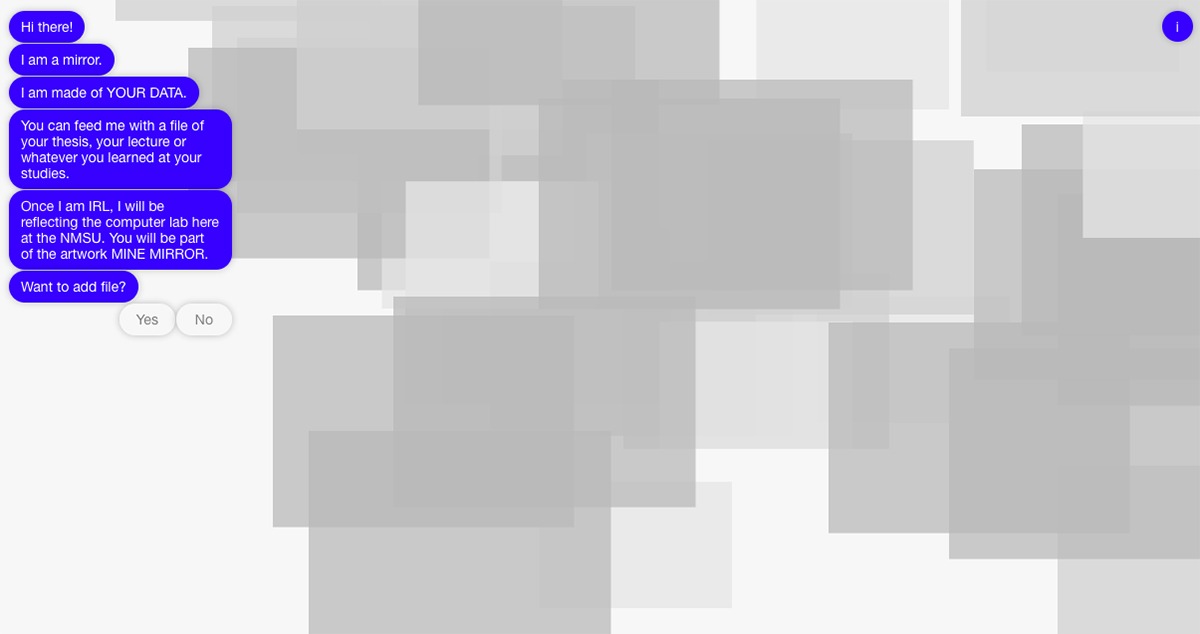Sarah Ancelle Schönfeld and Zeller&Moye
Mine Mirror
01 Oct 2020 - 01 Apr 2021
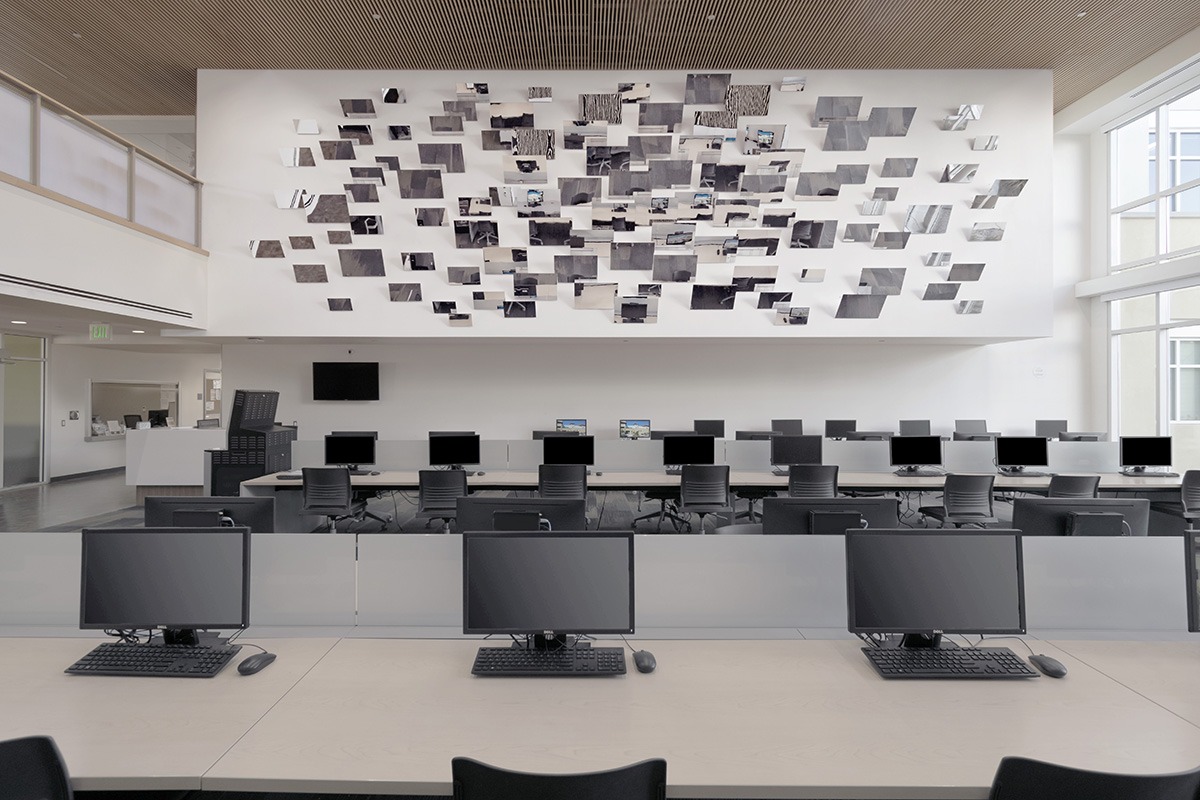
Sarah Ancelle Schoenfeld with Zeller & Moye, ‘Mine Mirror’, 2020, installation view of the mirror cloud at the computer lab © Sarah Schönfeld and Zeller & Moye
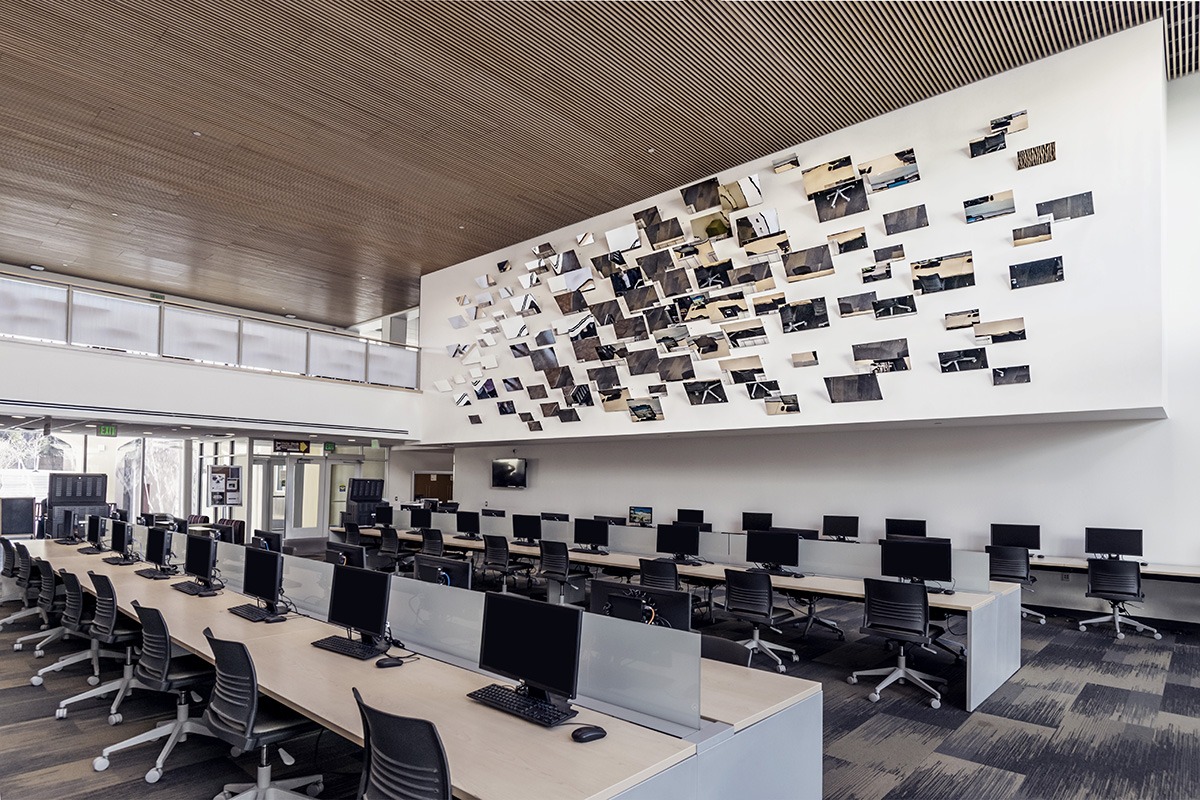
Sarah Ancelle Schoenfeld with Zeller & Moye, ‘Mine Mirror’, 2020, installation view of the mirror cloud at the computer lab © Sarah Schönfeld and Zeller & Moye
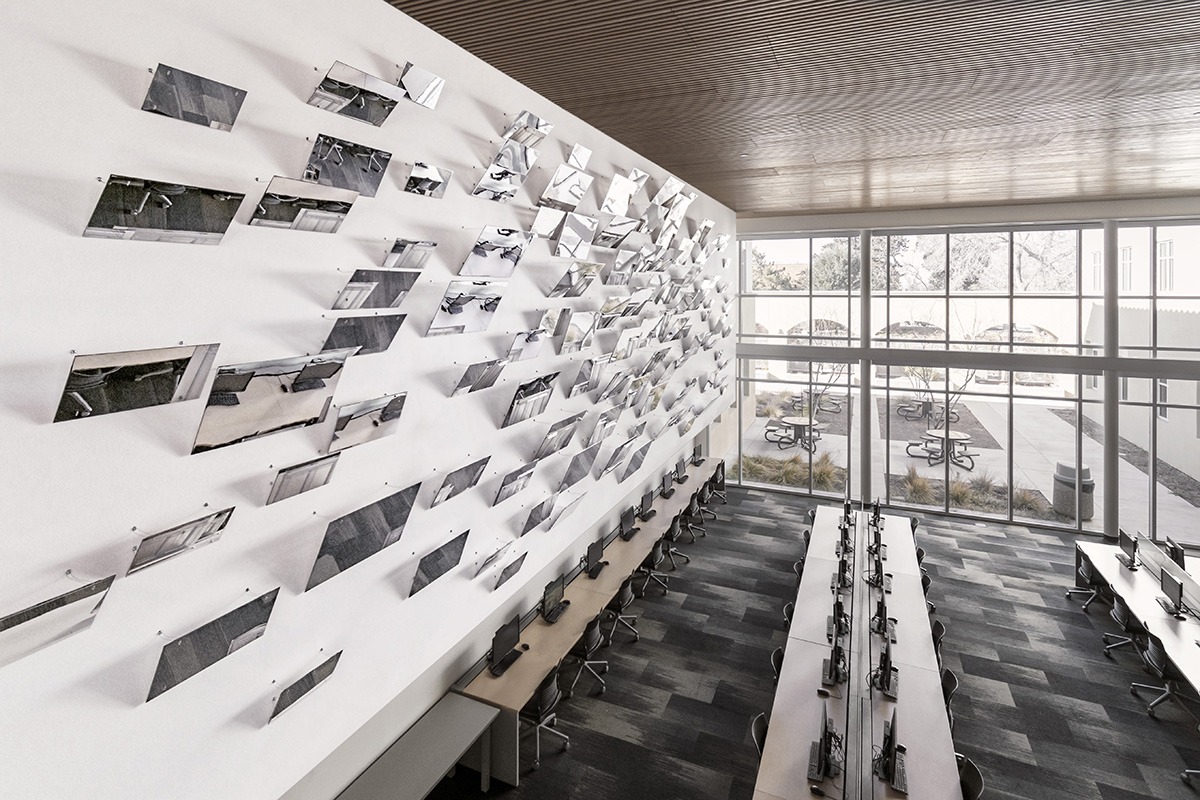
Sarah Ancelle Schoenfeld with Zeller & Moye, ‘Mine Mirror’, 2020, installation view of the mirror cloud at the computer lab © Sarah Schönfeld and Zeller & Moye
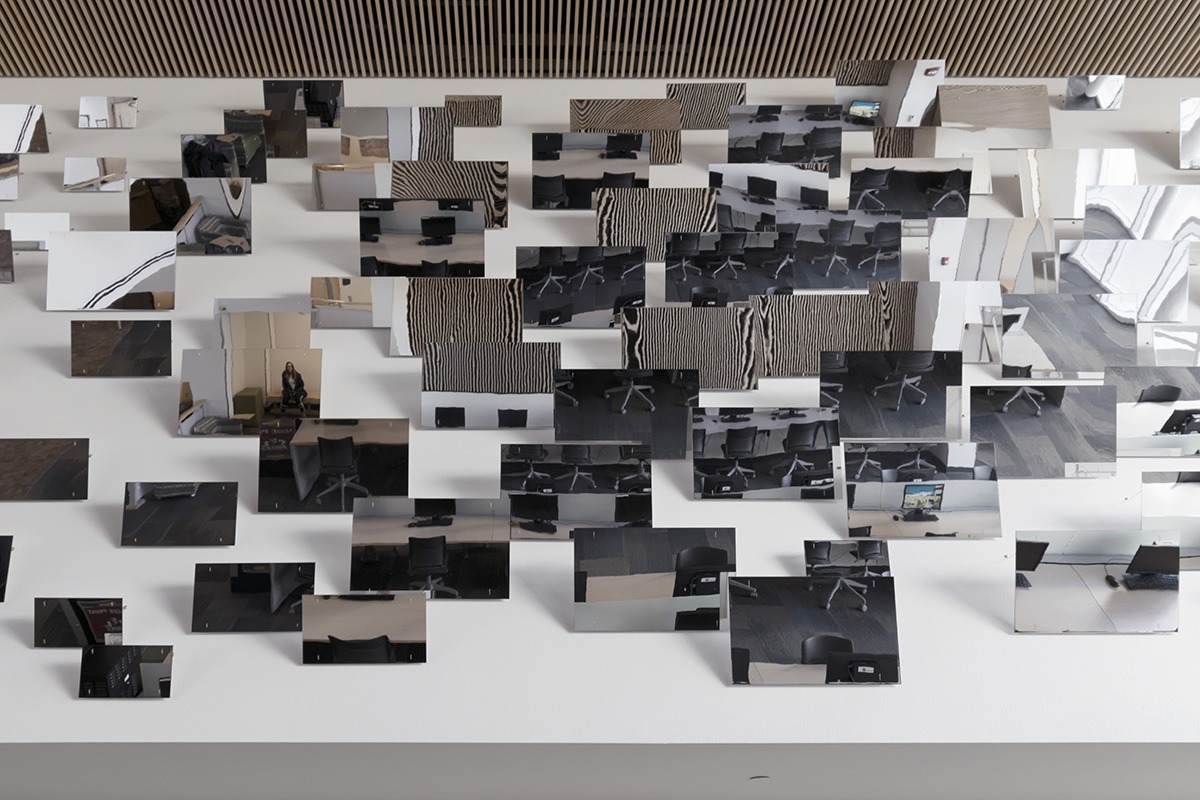
Sarah Ancelle Schoenfeld with Zeller & Moye, ‘Mine Mirror’, 2020, installation view of the mirror cloud from the side © Sarah Schönfeld and Zeller & Moye
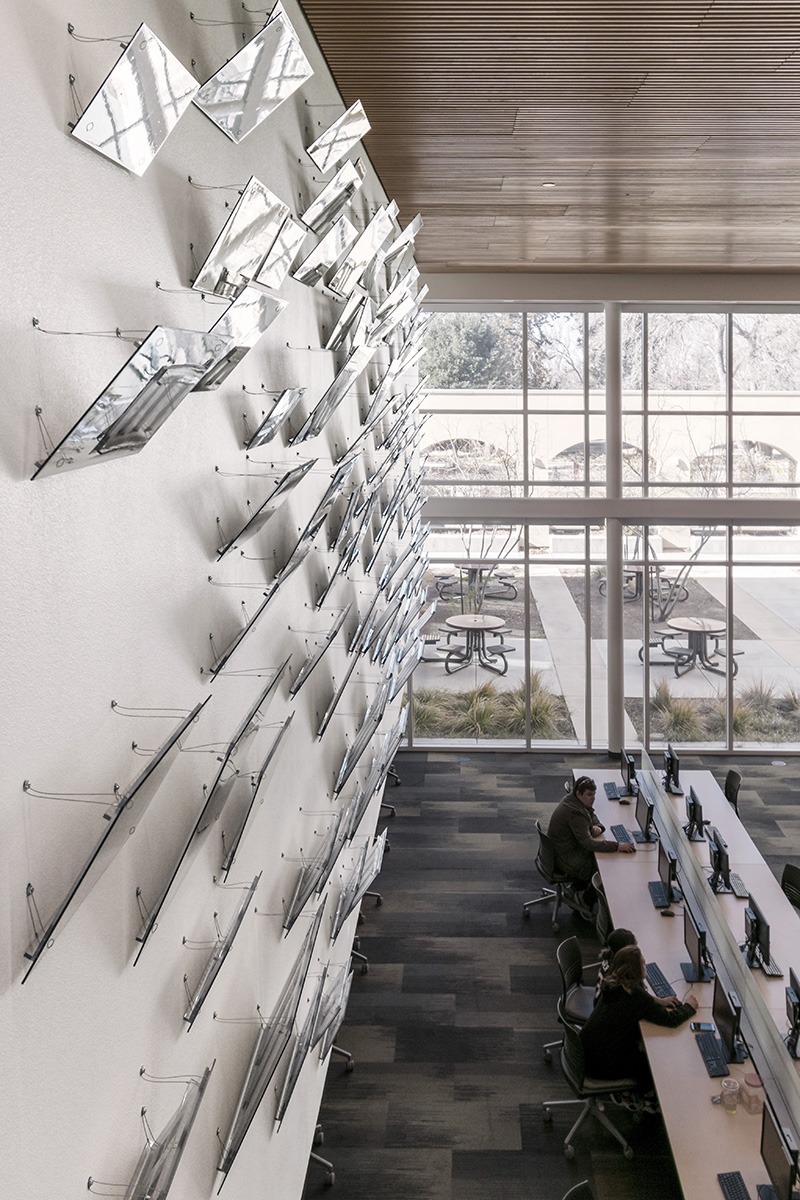
Sarah Ancelle Schoenfeld with Zeller & Moye, ‘Mine Mirror’, 2020, installation view of the mirror cloud from the side © Sarah Schönfeld and Zeller & Moye

Sarah Ancelle Schoenfeld with Zeller & Moye, ‘Mine Mirror’, 2020, installation view of the mirror cloud from the side © Sarah Schönfeld and Zeller & Moye

Sarah Ancelle Schoenfeld with Zeller & Moye, ‘Mine Mirror’, 2020, detail of the mirror cloud © Sarah Schönfeld and Zeller & Moye

Sarah Ancelle Schoenfeld with Zeller & Moye, ‘Mine Mirror’, 2020, installation view of the mirror cloud from the side © Sarah Schönfeld and Zeller & Moye
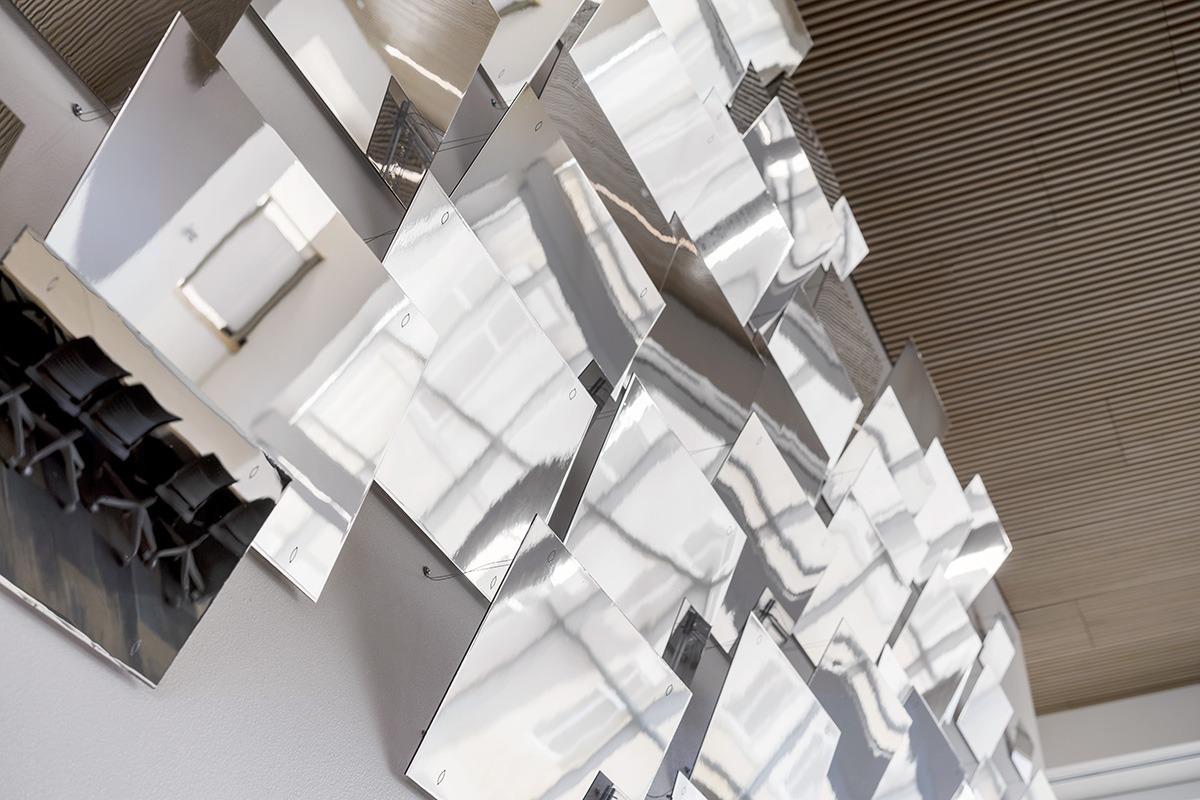
Sarah Ancelle Schoenfeld with Zeller & Moye, ‘Mine Mirror’, 2020, detail of the mirror cloud © Sarah Schönfeld and Zeller & Moye
This year the art in public places project „Mine Mirror” by Sarah Ancelle Schönfeld and Zeller & Moye was officially inaugurated in New Mexico, USA. The concept was conceived in close cooperation between Schönfeld, whose artistic practice consistently oscillates between art, science, and the spiritual, and the architecture studio Zeller & Moye, which explores experimental and interdisciplinary approaches between Berlin and Mexico City.
The project has been awarded the first prize in an international competition in 2018. Subsequently, it has been commissioned by the Department of Culture of the State of New Mexico. The site- specific installation “Mine Mirror” at the Hardman and Jacobs Undergraduate Learning Center of the New Mexico State University in Las Cruces consists of two parts. The contentual basis for the project was generated by students of the university through a specifically designed project homepage.
With “Mine Mirror” Schönfeld and Zeller & Moye refer to the environment of the university. While addressing central questions of knowledge production and education, they focus on the means and agents of contemporary knowledge transfer: computers, storage media, the Internet and, finally, the students. Within this conceptual frame, the processual and collective emergence of a body of knowledge becomes the starting point: students from all departments were invited to submit documents via the project homepage (www.minemirror.net) The resulting digital archive of more than 3000 files was transformed and translated into analog forms by Schönfeld and Zeller & Moye. Their site-specific installations reveal the poker face of the digital: While they render the knowledge collection accessible for everyone, the content of the files becomes unreadable. In the entrance hall of the building, 110 lines – running over the entire length of the wall – list the file names of the submitted documents. On 200 square meters, students and visitors can browse with their eyes and ultimately grasp: Even a computer does not guarantee objectivity. The documents appear standardized as DOC, PDF or JPG. However, they indicate individual classification systems and, in this sense, still bear the personal signature of their authors.
The second part of the installation points out another aspect of the document’s Janus-faced character: Digital data is accessible and encrypted at the same time. The files can be exchanged almost in real time across the globe, while corresponding media – certain hardware and software – is required to decode them. In this sense, the installation in the Computer Lab of the Undergraduate Learning Center reveals the character of data collections and screens which is constantly oscillating between transparency and opacity. An installation consisting of 107 rectangular mirrors hanged on the wall in various angles are mounted on one of the front sides of the lab. The work relates to the architectural environment both in form and content. As an abstract data cloud it floats above the rows of computer workstations with its individual elements echoing the dimensions of the screens. Three different mirror sizes refer to common screen formats. But in this setting, the cloud becomes an anti-archive: Schönfeld and Zeller & Moye stored the digital archive generated by the students on about 100 hard drives. In a recycling process, as common in the context of
"urban mining," the actual storage medium – namely the metal contained in the hard disks – was extracted and evaporated as a wafer-thin layer onto polycarbonate sheets. Throughout the transformation process, the data remained conceptually preserved, but it became unreadable. The information provided by “Mine Mirror” is thus limited to the reflections of the space. And precisely herein an effective impact can be found – not only from an architectural, but also from a socio- and media-theoretical point of view: the mirrors aligned at different angles do not reflect one's own location, but another fragment of the room. The image in the mirror, thus, reminds of the social structures also existing offline. Beyond the virtual worlds accessible through screens, the installation provides a prospect of the here and now.
Text: Lydia Korndörfer
Sarah Ancelle Schönfeld lives and works in Berlin. In her artistic practice, she stimulates the collision of organic and chemical elements with the digital. The artist constantly intertwines concepts and fragments from science, religion, mythology, magic and technology into new contexts of meaning, often activated through participatory processes, workshops and performances. Schönfeld's works have been shown in institutions and biennials worldwide, including the Strasbourg Biennial (2019), the Staatliche Kunsthalle Baden-Baden (2018), MAK Vienna / Vienna Biennial (2017), the National Museums of Berlin (2017), CAN - Centre d'Art Contemporain Neuchâtel (2017), Hamburger Bahnhof (2016), Fotomuseum Winterthur (2014) and Hamburger Kunsthalle (2012).
www.sarahschoenfeld.de
Zeller & Moye was founded by Christoph Zeller and Ingrid Moye as an architecture studio that operates with an interdisciplinary and global approach between Mexico City and Berlin. The studio has conceived and realized projects in various dimensions ranging from cultural and residential buildings to monuments and art installations. The work of Zeller & Moye has been awarded the Fonca/Conaculta Arts Council Award Mexico and a scholarship from the Akademie der Künste Berlin and includes a number of competition wins in Berlin, Mexico, USA and China, among others. In addition to housing projects in Germany and Mexico, the studio is currently realizing the new Luther Memorial in Berlin and a memorial in Kurdistan, Iraq. Zeller & Moye have taught at the Universidad Iberoamericana in Mexico City, directed summer academies at the AA Visiting School Berlin and the Porto Academy and are active as jurors and guest critics at various universities.
www.zellermoye.com
The project has been awarded the first prize in an international competition in 2018. Subsequently, it has been commissioned by the Department of Culture of the State of New Mexico. The site- specific installation “Mine Mirror” at the Hardman and Jacobs Undergraduate Learning Center of the New Mexico State University in Las Cruces consists of two parts. The contentual basis for the project was generated by students of the university through a specifically designed project homepage.
With “Mine Mirror” Schönfeld and Zeller & Moye refer to the environment of the university. While addressing central questions of knowledge production and education, they focus on the means and agents of contemporary knowledge transfer: computers, storage media, the Internet and, finally, the students. Within this conceptual frame, the processual and collective emergence of a body of knowledge becomes the starting point: students from all departments were invited to submit documents via the project homepage (www.minemirror.net) The resulting digital archive of more than 3000 files was transformed and translated into analog forms by Schönfeld and Zeller & Moye. Their site-specific installations reveal the poker face of the digital: While they render the knowledge collection accessible for everyone, the content of the files becomes unreadable. In the entrance hall of the building, 110 lines – running over the entire length of the wall – list the file names of the submitted documents. On 200 square meters, students and visitors can browse with their eyes and ultimately grasp: Even a computer does not guarantee objectivity. The documents appear standardized as DOC, PDF or JPG. However, they indicate individual classification systems and, in this sense, still bear the personal signature of their authors.
The second part of the installation points out another aspect of the document’s Janus-faced character: Digital data is accessible and encrypted at the same time. The files can be exchanged almost in real time across the globe, while corresponding media – certain hardware and software – is required to decode them. In this sense, the installation in the Computer Lab of the Undergraduate Learning Center reveals the character of data collections and screens which is constantly oscillating between transparency and opacity. An installation consisting of 107 rectangular mirrors hanged on the wall in various angles are mounted on one of the front sides of the lab. The work relates to the architectural environment both in form and content. As an abstract data cloud it floats above the rows of computer workstations with its individual elements echoing the dimensions of the screens. Three different mirror sizes refer to common screen formats. But in this setting, the cloud becomes an anti-archive: Schönfeld and Zeller & Moye stored the digital archive generated by the students on about 100 hard drives. In a recycling process, as common in the context of
"urban mining," the actual storage medium – namely the metal contained in the hard disks – was extracted and evaporated as a wafer-thin layer onto polycarbonate sheets. Throughout the transformation process, the data remained conceptually preserved, but it became unreadable. The information provided by “Mine Mirror” is thus limited to the reflections of the space. And precisely herein an effective impact can be found – not only from an architectural, but also from a socio- and media-theoretical point of view: the mirrors aligned at different angles do not reflect one's own location, but another fragment of the room. The image in the mirror, thus, reminds of the social structures also existing offline. Beyond the virtual worlds accessible through screens, the installation provides a prospect of the here and now.
Text: Lydia Korndörfer
Sarah Ancelle Schönfeld lives and works in Berlin. In her artistic practice, she stimulates the collision of organic and chemical elements with the digital. The artist constantly intertwines concepts and fragments from science, religion, mythology, magic and technology into new contexts of meaning, often activated through participatory processes, workshops and performances. Schönfeld's works have been shown in institutions and biennials worldwide, including the Strasbourg Biennial (2019), the Staatliche Kunsthalle Baden-Baden (2018), MAK Vienna / Vienna Biennial (2017), the National Museums of Berlin (2017), CAN - Centre d'Art Contemporain Neuchâtel (2017), Hamburger Bahnhof (2016), Fotomuseum Winterthur (2014) and Hamburger Kunsthalle (2012).
www.sarahschoenfeld.de
Zeller & Moye was founded by Christoph Zeller and Ingrid Moye as an architecture studio that operates with an interdisciplinary and global approach between Mexico City and Berlin. The studio has conceived and realized projects in various dimensions ranging from cultural and residential buildings to monuments and art installations. The work of Zeller & Moye has been awarded the Fonca/Conaculta Arts Council Award Mexico and a scholarship from the Akademie der Künste Berlin and includes a number of competition wins in Berlin, Mexico, USA and China, among others. In addition to housing projects in Germany and Mexico, the studio is currently realizing the new Luther Memorial in Berlin and a memorial in Kurdistan, Iraq. Zeller & Moye have taught at the Universidad Iberoamericana in Mexico City, directed summer academies at the AA Visiting School Berlin and the Porto Academy and are active as jurors and guest critics at various universities.
www.zellermoye.com

